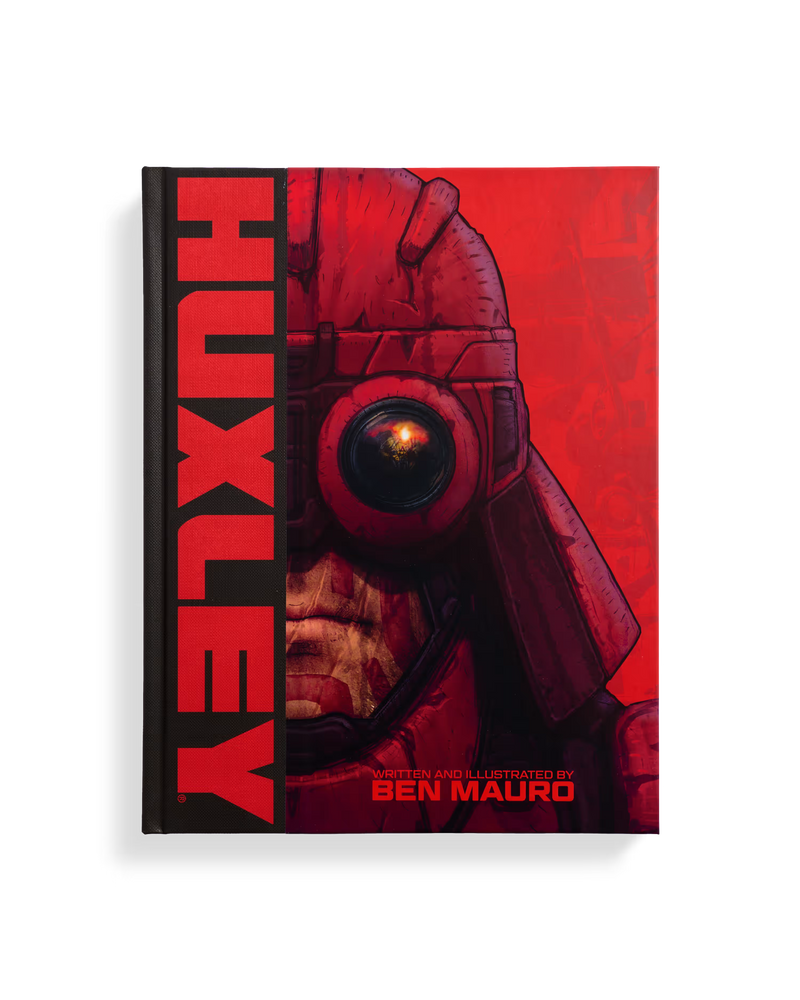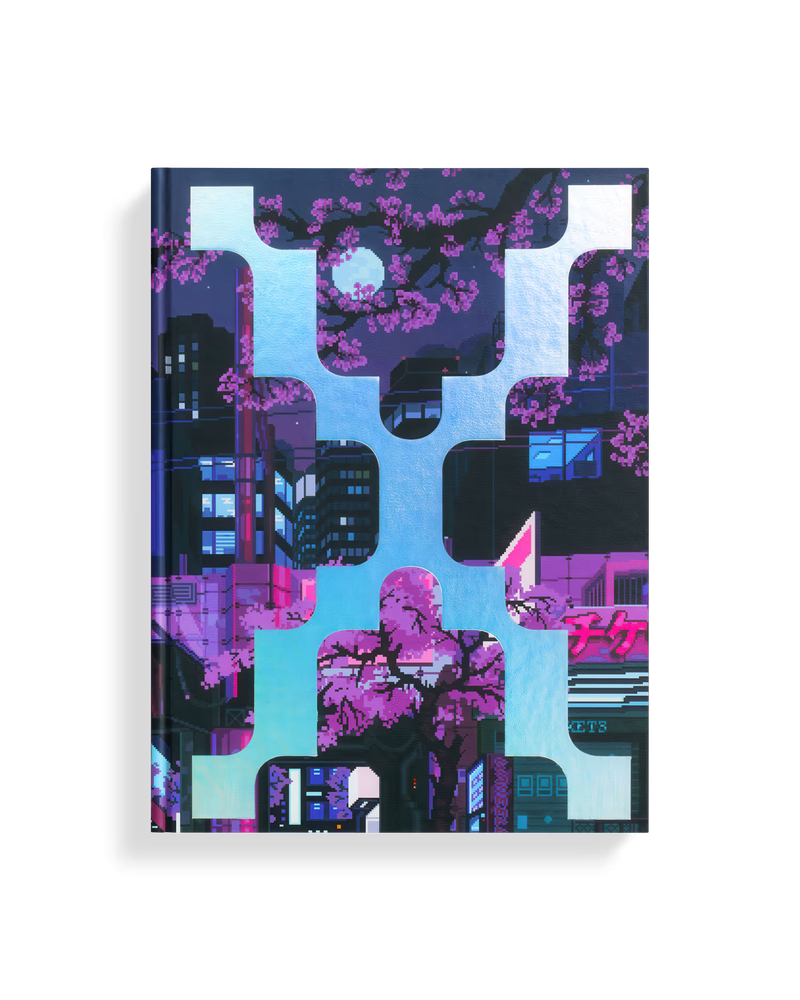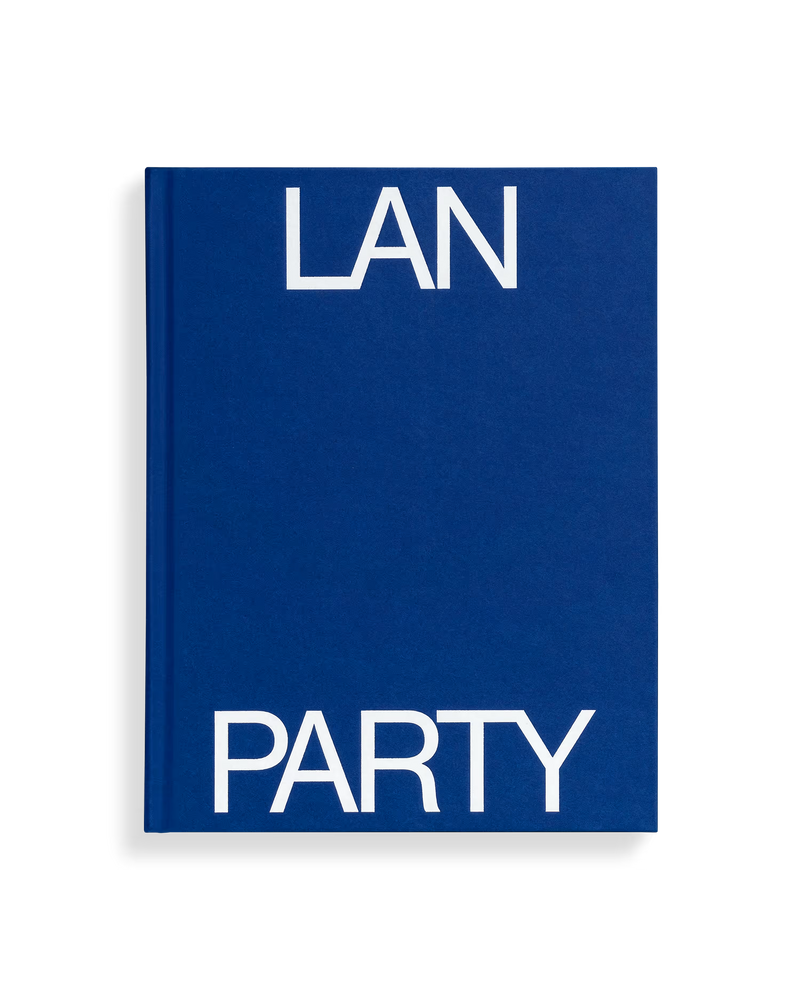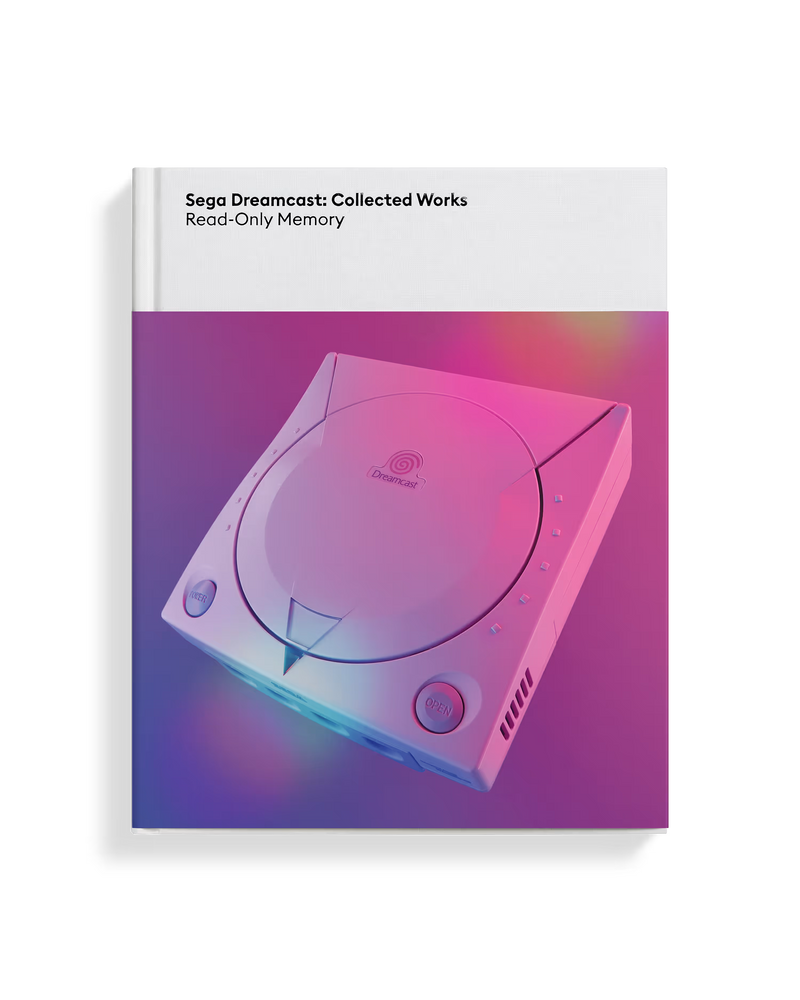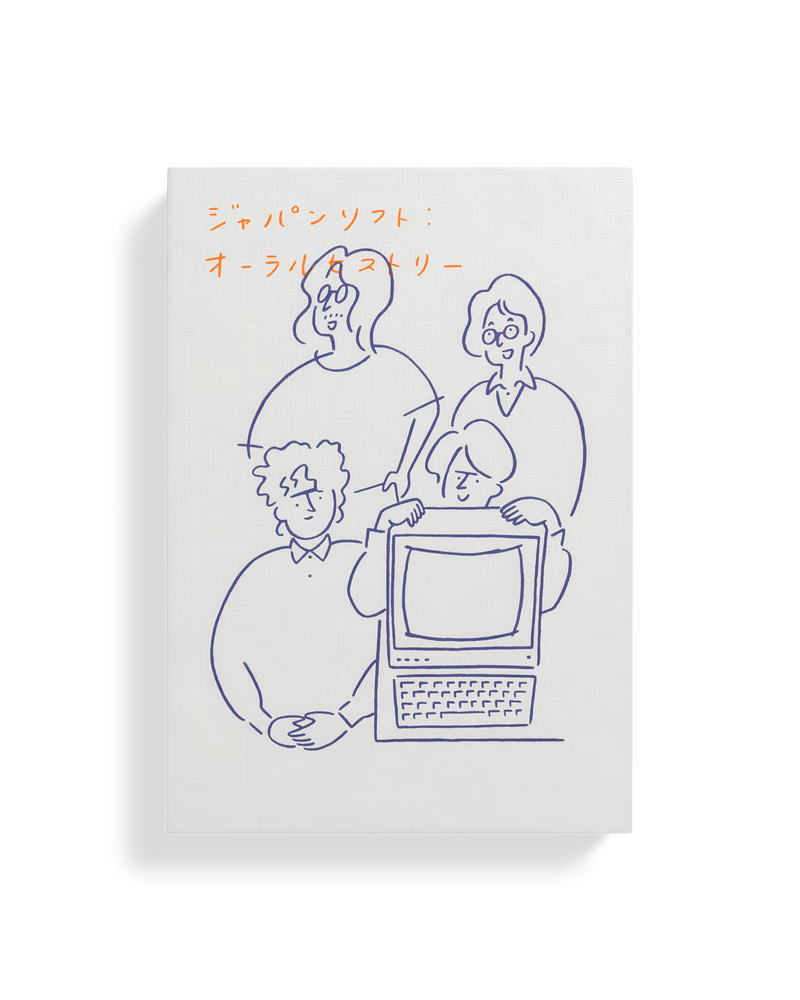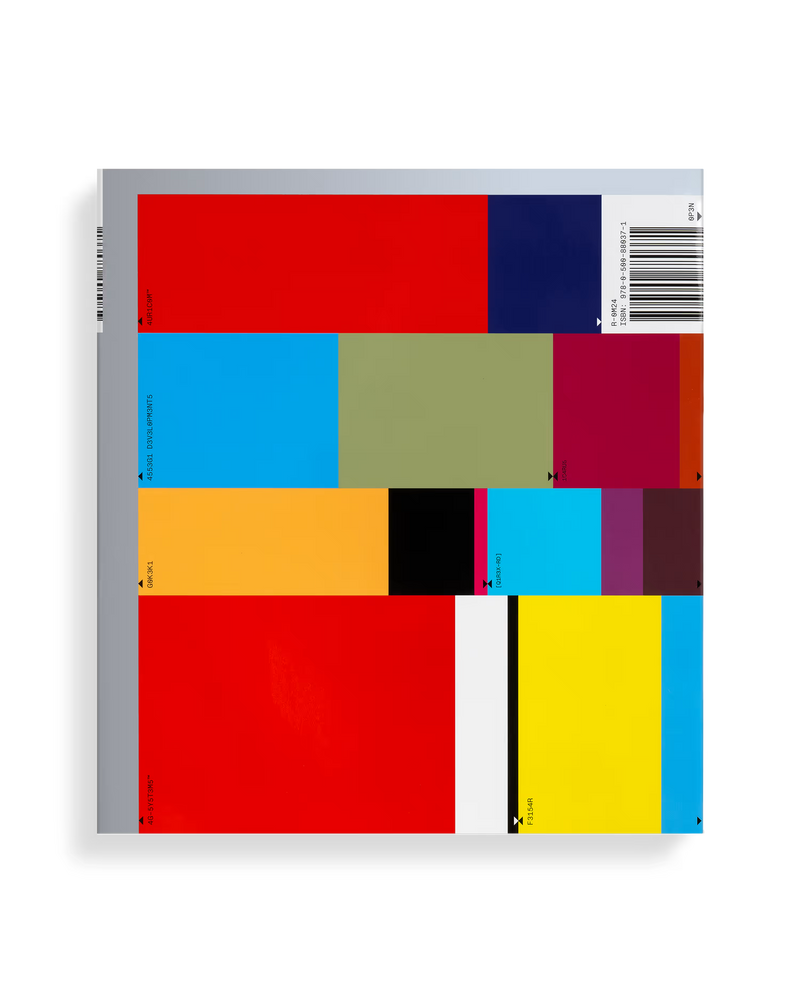
Otomo: The Complete Works 24
Regular price
£85
Regular price
Sale price
Unit price
per

Sunsoft Chronicle
Regular price
£60
Regular price
Sale price
Unit price
per

Secrets of Mother 2
Regular price
£75
Regular price
Sale price
Unit price
per

